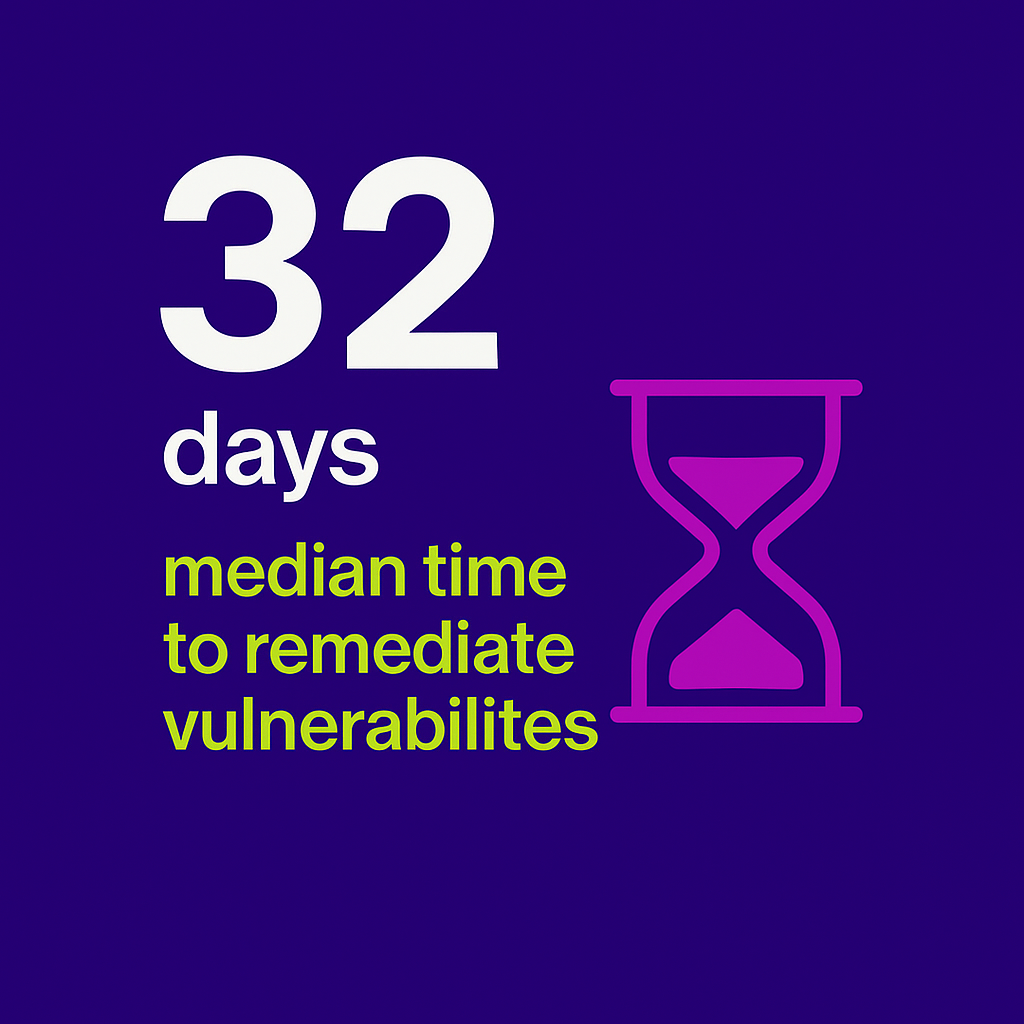2025 DBIR Deep-Dive:
What the Numbers Really Say About Modern IAM Risk
TL;DR — Ransomware frequency is up 37 %, partner-driven breaches have doubled, and edge-device exploits are now almost as common as phishing. IAM teams face a two-front war: fast-moving automation (zero-days, API abuse) and slow-burn human error (mis-delivery, unsafe changes). The playbook now demands recoverability, supply-chain guard-rails, and change-governance as core controls—not “nice-to-haves.”
- Ransomware’s new economics
- 44 % of all breaches involved ransomware (32 % in 2024)
- Median ransom payment fell 23 % to $115 k; 64 % of victims refused to pay (up from 50 %)
- SMBs were hit hardest—ransomware appeared in 88 % of their breaches vs. 39 % at large enterprises
Implication
Attackers now favour speed over size: fast-moving, lower-demand campaigns scaled across many small targets drive the overall payment median down.
For IAM leaders this confirms two design assumptions:
- Autonomous recovery beats negotiation
If identity services can be restored in minutes, refusing to pay is economically sensible. - Backups must cover the identity platform itself
Protecting only data and relying on periodic “snapshots” leaves a fatal gap: if ransomware or an admin error corrupts the live IdP, you lose the very controls needed to restore everything else. What’s required is a continuous, immutable capture of tenant configuration—users, groups, MFA policies, app connections—stored outside the IdP’s trust zone.
Traditional shared-responsibility models don’t provide this.

2. Third-party & SaaS exposure: 30 % of breaches
Partner involvement doubled year-over-year to 30 % of breaches .
Examples cited include Snowflake (credential-stuffing at scale) and CDK Global (software supply-chain outage impacting auto dealers) .
Partner role | Typical IAM blast-radius | DBIR signal |
Software vendor (e.g., edge-device firmware) | Patch lag → zero-day exploit → initial access | 22 % of vuln exploits were VPN/edge devices, up 8× YoY |
Hosted SaaS (e.g., admin console) | Tenant lock-out / lost config state | 165 orgs affected in Snowflake creds case (80 % reused creds) |
Service provider (e.g., MSP, MDR) | SSO/OAuth relay risk | 30 % overall partner share; many via stolen API keys & secrets |
Implication
Risk-transfer via contracts is not enough; engineering teams must assume shared fates with suppliers and bake in portable configuration backups plus “plan B” access paths.
3. Initial-access shake-up: vulns vs. phishing
- Use of stolen credentials still leads (22 %), but exploitation of vulnerabilities closed the gap at 20 % after a 34 % surge .
- Edge/VPN flaws drove the rise (22 % of all vulns, up from 3 %) with a median 32-day remediation window; only 54 % were fully patched within the year .
Implication
The window between PoC release and mass weaponisation keeps shrinking. IAM teams should treat external-facing IdP endpoints as “edge devices” and isolate their backups on a different trust boundary.

4. The stubborn human factor
Humans were a contributing element in ≈60 % of breaches, unchanged from 2024 .
Breakdown:
- Social-engineering chain (phish / pretext → creds)
- Mis-delivery & configuration error
- Malware launched by user action
Implication
User-focused controls (MFA, FIDO, EDR) matter, but the DBIR’s flat trend shows diminishing returns. Organisations must move up-stack to change-governance—testing IAM changes in sandboxes before they hit production.

5. Espionage & access-broker convergence
State-aligned actors made up 17 % of breaches (up from 6 %), using vuln exploits in 70 % of cases .
Notably, 28 % of those state incidents also had a financial motive, blurring lines between APT and cyber-crime.
Implication
Classic perimeter vs. “APT” mental models fail when the same actor both steals IP and runs a side hustle selling access. Zero-trust posture checks and immutable change logs are essential evidentiary tools when you can’t assume motives.
6. Shadow AI usage & secret sprawl
- 15 % of employees used GenAI services from corporate devices; 72 % did so with non-corporate accounts .
- Median remediation of leaked credentials in public GitHub repos: 94 days .
Implication
Secrets last a quarter in the wild—long enough for access-brokers to weaponise them. IAM teams should pair secret-scanning with periodic tenant-diffs to spot illicit changes made with those leaked keys.
7. Industry snapshots
Sector | Ransomware share | Notable DBIR call-out |
Healthcare | 44 % of its breaches | Knock-on downtime from Change Healthcare outage |
Manufacturing | 48 % | High OT/IT convergence → edge-device risk |
Finance & Insurance | 32 % | High audit pressure, but still long patch lags |
Implication
Despite heavier regulation, finance still wrestles with patch latency; healthcare struggles most with third-party SaaS concentration risk; manufacturing faces growing operational disruption from identity outages.
Mapping DBIR findings to concrete controls
Threat observation | NIST / CIS control | Practical step |
Rising edge-device exploits | CIS 7 – Continuous Vulnerability Management | Tag IAM edge components as critical for 24-hour patch SLA. |
Partner breach doubling | CIS 15 – Service-Provider Management | Request evidence of the provider’s backup & recovery RTO/RPO for your tenant data. |
Flat human-error trend | CIS 6 – Access Control / 5 – Account Management | Enforce safe-change workflows and role-based access limits, not just MFA. |
Secret sprawl (94-day median fix) | CIS 3 – Data Protection | Run automated Git & artifact scans; rotate exposed keys on discovery. |
64 % ransom refusal | CIS 11 – Data Recovery | Implement point-in-time, tenant-level restores with documented recovery tests. |
Final thought
The 2025 DBIR paints a complex picture: attacker automation is up, but so is defender resilience (64 % won’t pay). The organisations that succeed are those that design for failure—they assume third-party outages, zero-day weekends, and human mis-steps—and rehearse the recovery path until it’s boring. Identity infrastructure now belongs in that “must-be-boring” bucket.
Whether you build or buy the tooling, treat IAM resilience as a core availability requirement—because the data show the adversary already does.
The DBIR’s numbers are clear: rapid recovery, third-party isolation, and airtight change-governance are now baseline requirements—especially for the identity layer that keeps the rest of the business running.
Acsense delivers those controls out-of-the-box for Okta and other leading IDPs:
One-click tenant recovery — < 10 min RTO / near-zero RPO
Immutable, off-tenant backups — replica stored outside your IdP’s trust zone
Safe-Change sandbox — test and diff configuration before production pushes
Continuous integrity & compliance reporting — audit-ready proof that backups work
See it in action
Schedule a 20-minute walkthrough and watch a full Okta recovery.
